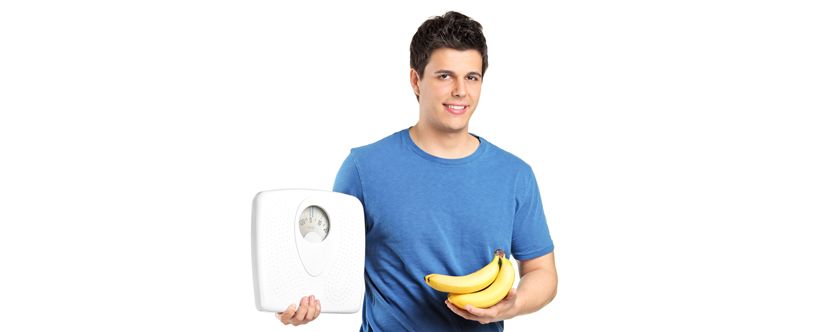
Fibre Cholesterol Connection
High levels of cholesterol are related to intake of processed foods, sedentary life style, nutrient deficiencies and stress. Many people think that cholesterol in the diet is directly responsible for cholesterol in the blood. So all they have to do is to cut out high – cholesterol foods and their blood cholesterol will become normal. However, this is a common misconception.
The goodcholesterol lifestyle
Merely cutting down on dietary cholesterol will have very little, almost an insignificant effect on blood cholesterol. Relying on a low cholesterol diet to lower blood cholesterol probably won’t work for most people. When the body is fed with high cholesterol foods like eggs, red meat, high fat dairy products, the excess cholesterol is metabolized and excreted leaving blood levels unchanged.
Further more, the liver compensates for the excess intake of cholesterol by reducing its own production so that the blood levels of cholesterol do not rise. All this happens if the person is leading a healthy life style, consuming a lot of antioxidants in the form of fruits and vegetables; eating whole food in the form of whole grain cereals, whole grain pulses & avoiding processed & refined foods in addition to exercising. All these factors insulate him from mishandling dietary cholesterol.
The bad cholesterol lifestyle
On the other hand if he is living a life of stress and eating the regular fast-food fare as well as a diet rich in cholesterol namely eggs, red meat and saturated fat in animal foods, then his body metabolises dietary cholesterol differently.
The liver then, does not act as a safeguard, instead it allows the excess dietary cholesterol to enter the blood stream and subsequently stores it in the blood vessels and coronary arteries. Such people get affected by cholesterol rich foods ad benefit from reducing their dietary cholesterol intake. This only justifies the phrase one mans food is another mans poison.
Food & Cholesterol
Whatever be the reason of raising blood cholesterol, the answer is quite simple. When you increase your intake of soluble fibre it helps bring down the blood cholesterol dramatically.
Known your Fiber
A point to note here is that fibre occurs exclusively in plant food. Animal foods like chicken, fish, meat, beef, cheese, eggs, milk have little or no fibre to boast of. Fresh, raw fruits and vegetables especially the way we do it in Indain cooking (soggy and overcooked) destroys much fibre. Juices have little or no fibre.
Similarly unrefined grain products like dhalia (broken wheat), whole wheat flour, wheat puffs, Brown Rice, Jowar & Bajra flour, whole dals like channa, rajhma, chowli, beans, black dal etc. high in fibre. Breads and biscuits high in fibre will list ‘whole wheat flour’ and not just wheat flour, as their chief ingredient on the label.
Wheat bran is one of the highest fibre foods known because its fibre content is about 50%. There is no doubt that a diet rich in soluble fibre can lower blood cholesterol, blood pressure & prevent strokes as well as heart attacks. Soluble fibre is found in Oat bran, fruits and vegetables. It has a powerful impact on the body’s metabolism of sugar and fats.
So how much fibre should you eat? It has been seen that in most Asian countries incidence of heart disease and diabetes is low. People in these countries consume anywhere between 40-60gms. of fibre per day. But an intake of 40-45gms of fibre is recommended to prevent heart disease. In the metros however the diet pattern is similar to the western countries hence, incidence of heart disease is more in the metros.
The fiber – rich diet
To increase the fibre content of your diet and thereby reduce cholesterol levels all you have to do is :
| Switch to this | Instead of this |
| 1. Unpeeled fruits and vegetables | 1. Peeled fruits and vegetables |
| 2. Whole wheat bread (please note whole wheat bread is not the same as brown bread). | 2. White bread |
| 3. Fresh fruits | 3. Fruit juices |
| 4. Brown Rice or Wild Rice | 4. Polished white rice |
| 5. Oat Bran | 5. Instant Oatmeal |
| 6. Whole grain dals like channa & rajhma, black dal chowli, green mung. | 6. Animal protein |
| 7. Whole wheat bread. | 7. White flour (maida) |
| 8. Popped corn and puffed wheat | 8. Potato chips & fried sev |
| 9. Snack on high fibre biscuits like those made from millets or bran or soya bean or whole wheat flour. | 9. Maida biscuits, where the label reads as ‘wheat flour’ as their main ingredients. |
In the table show above, are a few ways you can cut down on bad cholesterol and increase your good cholesterol levels, by simply making the above food swaps.
Treat cholesterol with Health Total
Well, if you suffer from either high or low cholesterol, and require a proper diet regime to help correct this imbalance, Health Total is the right place for you. Our cholesterol health plans are formulated after a complete consultation with our expert nutritionists and doctors, and therefore will provide you with best results. So give us a call on our toll free number ![]() 1-800-843-0206">
1-800-843-0206">![]() 1-800-843-0206 to book your first free appointment today
1-800-843-0206 to book your first free appointment today
.
